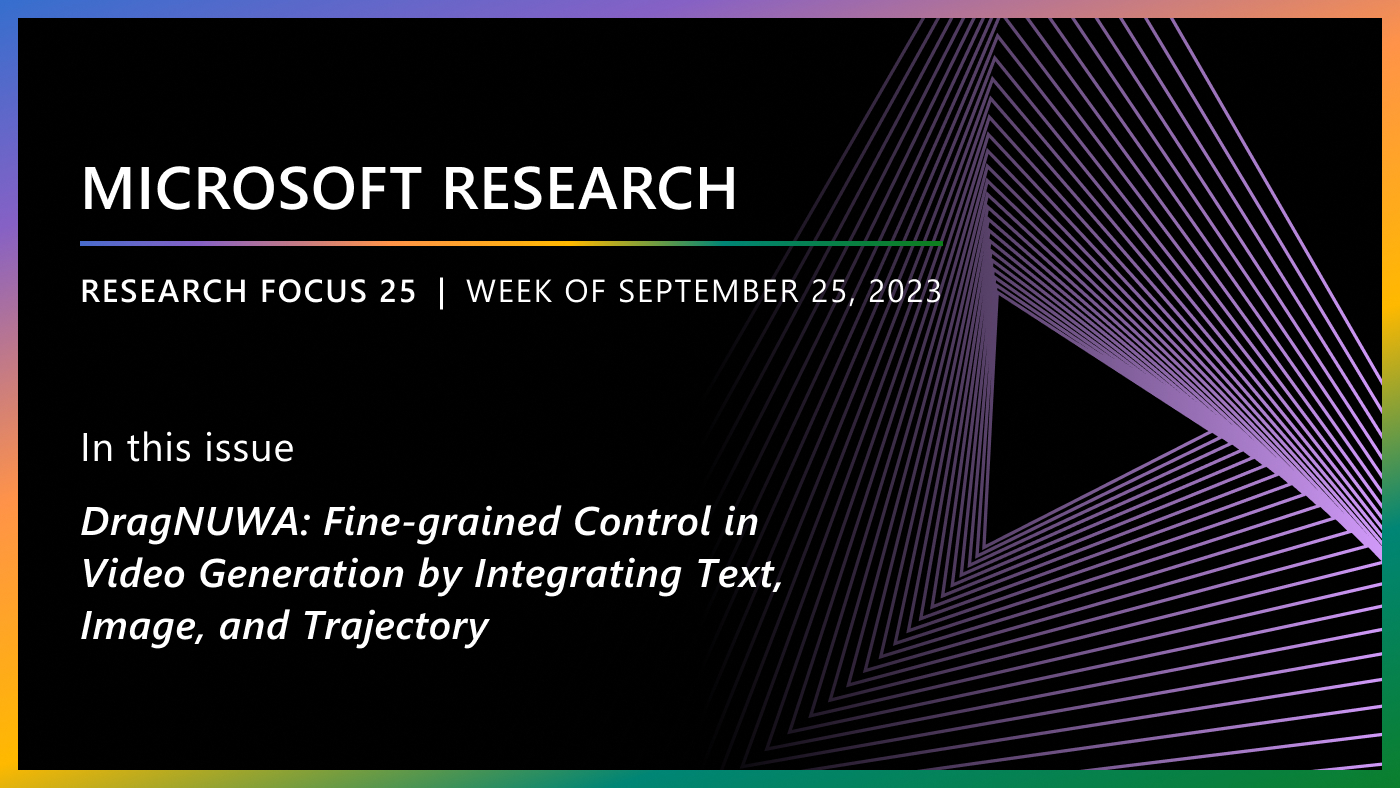By Andrew Fitzgibbon, Principal Researcher, Microsoft Research Cambridge

Photo by Jonathan Banks
![]()
Spotlight: Blog post
Eureka: Evaluating and understanding progress in AI
How can we rigorously evaluate and understand state-of-the-art progress in AI? Eureka is an open-source framework for standardizing evaluations of large foundation models, beyond single-score reporting and rankings. Learn more about the extended findings.
This year, the IEEE Conference on Computer Vision and Pattern Recognition (CVPR) will take place at Caesar’s Palace from June 26–July 1 in Las Vegas, Nevada. CVPR is the premier annual computer vision event that includes the main conference and several co-located workshops and short courses. With an international roster of speakers, exhibitors, and attendees, it provides an exceptional opportunity for students, academics, and industry researchers to meet and share ideas and research results.
I am thrilled to be serving as an Area Chair along with my colleague Jian Sun, from Microsoft Research Asia. Microsoft is a Platinum Sponsor this year, with over 25 papers being presented and 40 researchers, designers, and engineers attending from across the company, representing Xbox, HoloLens, Bing, and Microsoft Research.
One new and exciting addition to CVPR this year is for industrial and academic exhibitors. The Expo, which will be open during the entire CVPR event, is a unique opportunity for multiple worlds—academics, students, budding entrepreneurs, technologists, and others—to connect and catch up on the latest news and ideas. We hope you’ll spend time at the Expo, and check out our talks, tutorials, posters, and workshops (see schedule below). Also, please stop by our booth to chat with us about projects and opportunities at Microsoft, from pedal-to-the-metal engineering to research in pure mathematics.
Conference Details
- Main Conference: June 27–June 30
- Tutorials: June 26
- Workshops: June 26, July 1
- Industry Expo: June 27–June 30
Presentations (Main Conference)
| (O) | Oral |
| (S) | Spotlight |
| (P) | Poster |
Learn more





